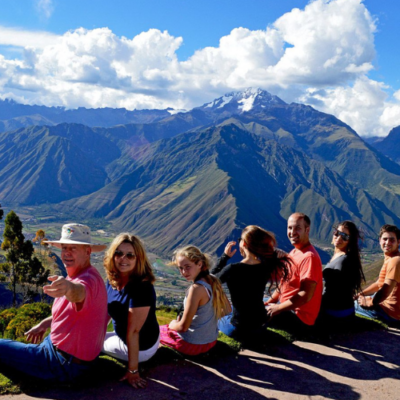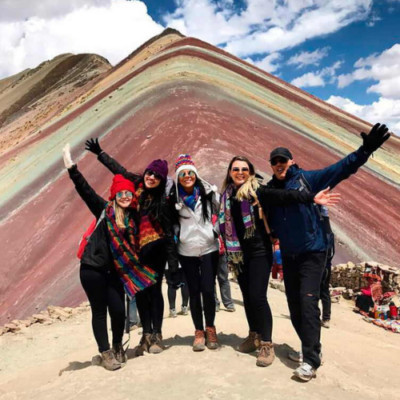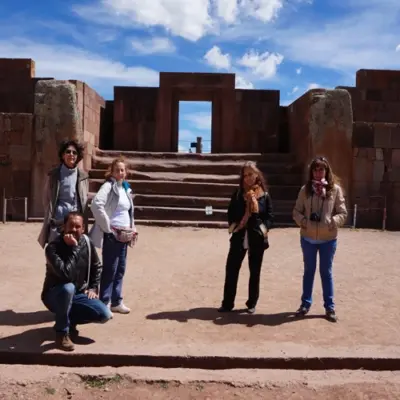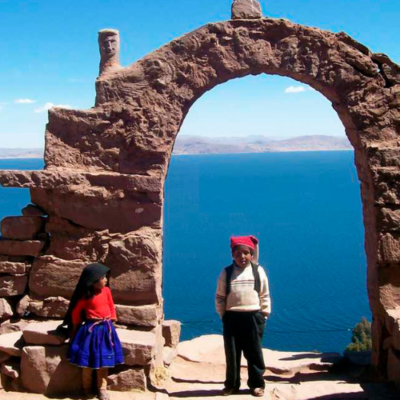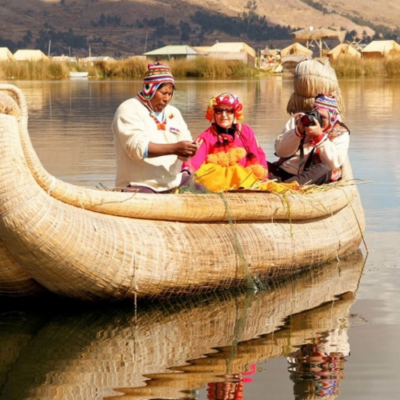The Dual Role of Tourism
Tourism, when managed responsibly, can be a force for good, driving economic growth and contributing to the conservation of natural heritage. In many regions, tourism funds environmental protection initiatives and provides the financial resources needed to maintain parks and reserves. For instance, entrance fees from national parks and guided tours often contribute directly to the maintenance and protection of these sites, while local communities benefit from the increased employment opportunities that tourism generates.
However, unregulated or excessive tourism can lead to the degradation of the very ecosystems and landscapes that attract visitors. From litter and pollution to habitat destruction and species endangerment, the environmental impact of poorly managed tourism is significant. Popular destinations like Machu Picchu, the Galápagos Islands, and the Great Barrier Reef have experienced the strain of mass tourism, prompting governments and conservationists to introduce measures aimed at minimizing damage while ensuring that future generations can enjoy these places.
Sustainable Tourism: A Path Forward
The concept of sustainable tourism has emerged as a solution, emphasizing travel that conserves the environment, respects local cultures, and benefits local communities. Sustainable tourism practices range from limiting visitor numbers to promoting eco-friendly infrastructure and transportation. These initiatives aim to reduce the carbon footprint of tourism while fostering a deep connection between travelers and the natural world.
For example, eco-lodges built with locally sourced materials and renewable energy systems can offer visitors an immersive experience in nature without causing harm to the environment. Similarly, tour operators that focus on small group sizes, minimal impact trekking, and leave-no-trace policies are helping to shape a new standard for conservation-conscious travel.
One of the best-known examples of successful sustainable tourism is Costa Rica. With 25% of its land designated as protected areas and national parks, the country has positioned itself as a global leader in eco-tourism. Visitors flock to its lush rainforests, volcanic landscapes, and diverse wildlife, contributing to the local economy while supporting conservation efforts. The country’s focus on sustainability has enabled it to balance tourism with the preservation of its natural heritage, making it a model for other destinations worldwide.
Community Involvement in Conservation
An integral part of the success of sustainable tourism is the involvement of local communities in conservation efforts. When communities are empowered to manage their natural resources, they are more likely to prioritize conservation over short-term economic gains. In regions like the Amazon rainforest and the Andes, indigenous groups have partnered with conservation organizations and eco-tourism operators to protect their land and heritage.
For example, in the Amazon, initiatives like the Tambopata National Reserve in Peru provide eco-tourism experiences that support both the local economy and the protection of biodiversity. Tourists visiting these areas often engage in educational activities that increase awareness about the importance of conservation, fostering a sense of responsibility and respect for nature.
By integrating traditional knowledge with modern conservation techniques, these collaborations create a framework for sustainable tourism that benefits all stakeholders. It ensures that local communities have a vested interest in preserving their environment while offering tourists authentic cultural experiences that promote a deeper understanding of the relationship between people and nature.
The Role of Technology in Conservation
Advancements in technology are also playing a crucial role in the conservation of natural heritage. Drones, GPS tracking, and satellite imagery allow conservationists to monitor changes in ecosystems and the impact of tourism on these environments. This data-driven approach provides valuable insights into how tourism can be managed more effectively, identifying areas at risk and highlighting success stories where conservation measures have made a difference.
Virtual tourism is another emerging trend that allows people to explore natural wonders without leaving a carbon footprint. Through immersive digital experiences, tourists can virtually visit protected areas, reducing the environmental strain of physical travel while still generating interest in conservation.
The Future of Tourism and Conservation
Looking ahead, the future of tourism lies in the careful balance between exploration and preservation. Governments, conservationists, tour operators, and travelers must work together to ensure that tourism benefits both people and the planet. Education and awareness are key—tourists must understand the impact of their actions and make responsible choices when visiting natural heritage sites.
Incorporating conservation into tourism plans not only protects the environment but also ensures the long-term viability of tourism itself. By fostering a culture of respect for nature and promoting sustainable practices, we can preserve the world’s natural heritage for generations to come.
Ultimately, the success of conservation efforts will depend on how we, as travelers and global citizens, choose to explore the world. Through mindful tourism, we can support the protection of our planet’s most precious natural and cultural resources while still enjoying the beauty and diversity it has to offer.
—
Tourism and conservation are intrinsically linked, and when managed responsibly, they can coexist to mutual benefit. The future of travel depends on sustainable tourism models that protect natural heritage, engage local communities, and promote environmental stewardship. By embracing these principles, we can ensure that tourism remains a source of wonder and economic growth while safeguarding the ecosystems and landscapes that define our planet.
For more information and to book your trip, contact us on WhatsApp. Follow us on Instagram for the latest updates and travel inspiration.
CONTACT US:
We are a Travel Agency specialized in tourist packages, if you need any information, do not hesitate to write to us.
We offer tours in Peru and Bolivia.

